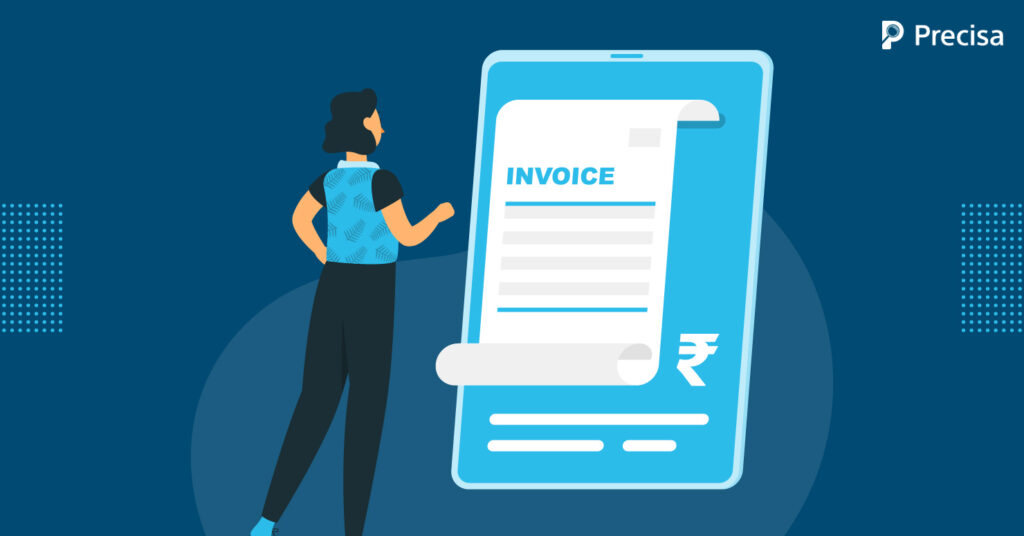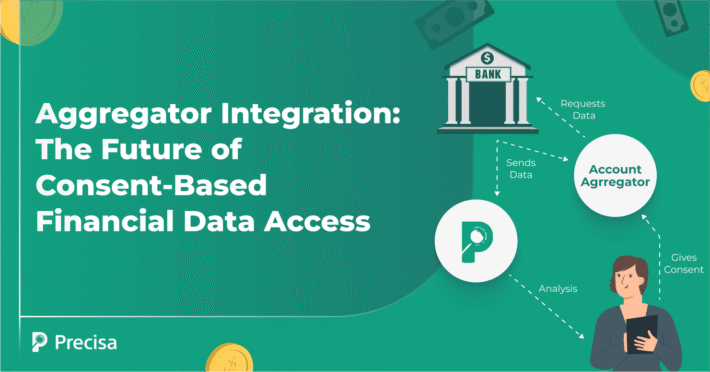How e-invoicing Integrated Into Online Banking Can Revolutionise SME Banking?

Today, our lives are dominated by technology, and the pandemic has pushed businesses further towards digitisation. Consequently, the finance industry has experienced a great deal of digital innovation. A notable example is the trend of using electronic transactions instead of traditional billing.
e-invoicing is the next reasonable step taken by the government after the widely accepted GST model. Streamlining business operations and compliance processes, e-invoice is a blessing in the new normal owning to its contactless nature. So what about it? Learn more!
All You Need to Know About e-invoicing
e-invoicing, aka Electronic Invoicing, is the exchange of invoices in an integral electronic format with centralised authentication. Traditional invoicing involves a significant amount of manual labour, subject to human error, which increases costs and processing periods.
Electronic invoices facilitate the integration of supplier and buyer data together into a central system, recording the transaction on the identification numbers provided to both the transacting parties. This keeps track of sales and purchases from a single portal, thereby eliminating the chances of frauds, fake invoicing, and ITC manipulations.
There are several formats that can be used, so it is important to note the following: e-invoices use templatised invoice data to incorporate in XML formats or EDI (Electronic Data Interchange) via web forms with structured invoice information.
How e-invoicing Integrated into Online Banking Can Revolutionise SME Banking?
The government mandated e-invoicing for small businesses last year. Now, with effect from April 1, 2022, it’s a requirement that companies with a turnover above 20 crores making B2B transactions shall generate e-invoices. In addition to revolutionising the tax industry, it’s helped combat tax evasion and streamlined small business compliance.
Let’s explore the many ways in which e-invoicing integrations are transforming SME banking.
1. Decreased risk of fraudulent transactions
Tax compliance systems face several challenges, including fake invoices. Using electronic invoicing eliminates this problem. The e-invoice centrally records every transaction that takes place in the organisation.
They are non-modifiable and non-cancelable once generated. Thus, helping owners keep track of the transactions and decreasing the likelihood of fraud.
2. No more risk of human errors
Invoices route automatically to the e-invoice registry. All invoices are synchronised in real-time with the GST and e-way portals following verification. Electronic invoicing can also streamline processes like TDS, e-way bills, TCS collection, etc. Each aspect can be performed digitally, thus reducing manual labour and human error.
3. Take care of your business remotely
With this new model, staff members can generate invoices electronically at any time, regardless of their location, time zone, or device. This allows businesses to operate remotely. Due to e-invoicing, small businesses have reduced their time spent on routine administrative tasks. Accounting is made easier with electronic invoices, ensuring seamless functionality.
4. Maintain a healthy cash flow
Every financial activity, from creating invoices to monitoring, routing, and approval, can be conducted digitally through technology. Due to accurate and precise recording of each task, the supplier pays on time with assurance and trustworthiness. With electronic invoices, you can seamlessly automate your payment process and manage your cash flow.
5. It is easier to get loans
As electronic invoices simplify compliance, it allows them to pre-enter the returns based on details acquired from the electronic invoicing, thus enabling them to obtain loans more quickly and systematically.
How can e-invoicing help the government?
e-invoicing also addresses the administrative burden for the government and enables a business to be done more efficiently. Due to real-time updates of the data related to accounting from buyer to seller, fake invoices are significantly reduced, and input tax credit (ITC) claims will therefore be authentic and reliable. By reducing fraudulent ITC claims, revenue leaks are prevented. The audits are comprehensive, precise, and accurate, with the data being pre-verified at the source with electronic invoices. E-invoicing is a fundamental reform that takes us closer to becoming a digital economy in a broader sense.
The role of accounting software in ensuring e-invoicing
e-invoicing relies heavily on accounting software. These programs simplify the processes involved. It is a highly flexible, on-demand solution that is scalable and adaptable to business needs as they change. In addition to ensuring smooth business operations, the software can handle all your accounting, finance, and invoicing functions.
Despite the initial reticence of SMBs to make use of e-invoicing, new GST regulations will require them to re-evaluate their accounting practices in the digital age. Consequently, they need to establish tech-driven business conventions. Furthermore, it helps businesses across geographies to connect and help to cater to the broader market. Despite being intimidating at first, electronic invoicing is more beneficial than challenging. Networking, uniformity, and a streamlined data flow have proved helpful to suppliers, clients, and the government as a whole.
Looking for help transforming your small business banking digitally? Precisa can make that journey seamless and efficient. Get in touch with us today!




